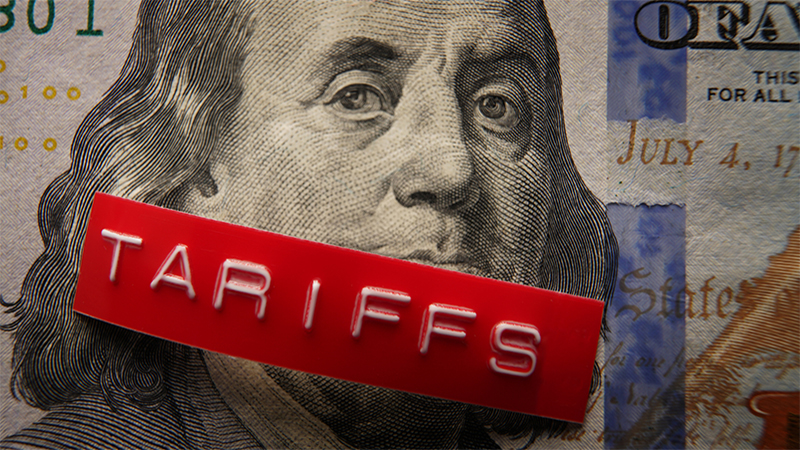Based on the Henderson Global Dividend Index, the report, published today, showed a headline Q1 2015 dividend total of ($218bn) £139bn, translating to a 6.3% drop on the $232.6bn (£148.2bn) recorded 12 months previously.
The figure – which represented the second straight quarterly dividend decline and takes into account special dividends, currency movements, index changes and timing effects – was despite annual underlying growth of 10.9% when those factors were discounted.
Henderson cited the strengthening of the US dollar as a decisive influence on the figure, driving US companies to pay out dividends of $99.4bn (£63.4bn) in Q1 – 45.6% of the global total and the fifth consecutive double-digit quarterly increase in the region.
However, while the strong dollar propelled the 14.8% year-on-year rise in US headline dividends, it also had a negative effect on overall growth, which the firm expects will continue through 2015.
The Henderson Global Dividend Index consequently fell to 158.2, down from 160 six months previously, with the firm revising its headline 2015 dividend growth estimate down from 0.8% it forecast in January to -3%, or $1.176tn (£749.7bn) down to $1.134tn (£722.9bn).
Alex Crook, Henderson’s head of global equity income, said: “The effect of the strong dollar is set to be even greater in the second quarter when Europe and Japan pay a large share of their annual dividends. In fact, if the current exchange rates persist, the impact could be as much as $40bn.
“In any given period, exchange rates can have a very large effect on dividend payments, but our research shows that over time they even out almost entirely, so investors can largely disregard them if they take a longer term approach.”
Region by region
While the 60.4% fall in UK headline dividends to $19.1bn (£12.8bn) appears to be sharp on the surface, Henderson said it was largely attributable to the non-recurrance of Vodafone’s special dividend pay-out in 2014, with underlying dividends dropping just 0.7%.
Europe saw headline Q1 dividends drop 2% to $34.3bn (£21.9bn) stemming from a $6.1bn (£3.9bn) currency loss, and while this contrasted with underlying growth of 15.2%, Henderson said that the latter figure is unsustainable.
Quantitative easing had a similar impact in Japan, where currency loss equated to the year-on-year headline growth rate being 57.1% rather 83.1%, while underlying growth hit 31.6%.
Asia Pacific ex Japan saw an 11.7% headline dividend increase to $12.7bn (£8.1bn), backed by underlying growth of 18.3%.
Russia drove headline dividend growth of 13.7% in emerging markets, paying out more than double its 2014 dividend total (in US dollars) to boost the EM headline figure to $15.6bn (£9.9bn) alongside underlying growth climbing 30%.
“Despite our lower forecast, there are many reasons for optimism,” said Crook.
“Japan, the second largest stock market in the world, is undergoing a cultural shift towards higher dividend payments, unlocking large cash piles from what has traditionally been a low yielding part of the world, while in Europe, though dividend growth is modest, it is tracking somewhat higher than we expected. Meanwhile the US goes from strength to strength, and is likely to break new records this year.”
Utilities continue poor showing
At an industry level financials was the strongest sector, with headline quarterly dividend growth of 22.7% to $34.7bn (£22.1bn), followed by the consumer-focused businesses. Utilities remained the worst performing industry of the past few years, registering a 13.6% headline dividend decline in the past 12 months.
Crook added: “With interest rates and bond yields likely to remain at relatively low historic levels, equity income investing has a significant role to play in meeting investors’ income needs. Over time, the risks to dividend growth are significantly smaller if you look beyond the confines of your own domestic stock market.”










